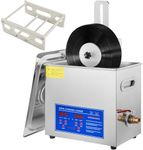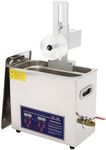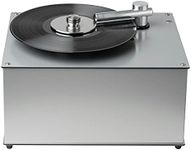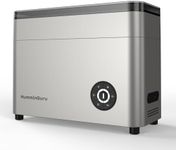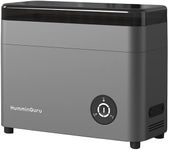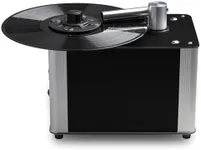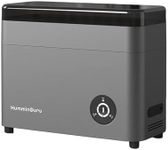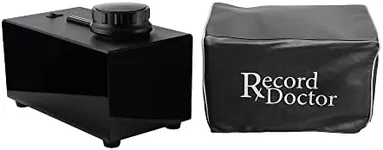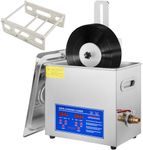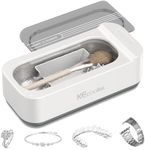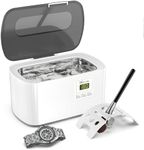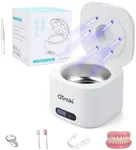Buying Guide for the Best Record Cleaning Machines
When it comes to maintaining your vinyl records, a record-cleaning machine can be an invaluable tool. These machines help to remove dust, dirt, and other debris that can affect the sound quality of your records. Choosing the right record-cleaning machine involves understanding several key specifications and how they align with your needs. Here’s a guide to help you make an informed decision.Cleaning MethodThe cleaning method refers to how the machine cleans your records. There are several types, including manual, vacuum, ultrasonic, and automatic cleaning machines. Manual machines require you to do most of the work, while vacuum machines use suction to remove debris. Ultrasonic machines use high-frequency sound waves to clean records, and automatic machines handle the entire process for you. If you have a large collection or want the most thorough clean, an ultrasonic or automatic machine might be best. For occasional use or a smaller collection, a manual or vacuum machine could suffice.
Drying MechanismThe drying mechanism is how the machine dries your records after cleaning. Some machines have built-in drying features, such as fans or vacuum drying, while others require you to air-dry the records. Built-in drying mechanisms are more convenient and faster, making them ideal for those who clean records frequently. If you don't mind waiting, air-drying can be a cost-effective option.
Record CompatibilityRecord compatibility refers to the sizes and types of records the machine can clean. Most machines are designed to clean standard 12-inch LPs, but some can also handle 7-inch singles and 10-inch records. Ensure the machine you choose can accommodate the sizes of records in your collection. If you have a diverse collection, look for a machine with adjustable settings or multiple adapters.
Ease of UseEase of use encompasses how user-friendly the machine is. Consider factors like setup, operation, and maintenance. Machines with simple controls and clear instructions are easier to use, especially for beginners. If you prefer a hassle-free experience, look for machines with automatic features and minimal manual intervention. For those who enjoy a hands-on approach, a manual machine might be more satisfying.
Cleaning SolutionThe cleaning solution is the liquid used to clean the records. Some machines come with their own proprietary solutions, while others allow you to use third-party or homemade solutions. The effectiveness of the cleaning solution can impact the overall performance of the machine. If you prefer convenience, choose a machine with a highly-rated proprietary solution. If you like to experiment or have specific preferences, a machine that allows for different solutions might be better.
Build QualityBuild quality refers to the materials and construction of the machine. A well-built machine will be more durable and provide consistent performance over time. Look for machines made from high-quality materials like metal or sturdy plastic. If you plan to use the machine frequently, investing in a durable model will save you money in the long run. For occasional use, a less expensive model with decent build quality might be sufficient.
Noise LevelNoise level is the amount of sound the machine produces during operation. Some machines can be quite loud, which might be disruptive if you plan to use them in a shared or quiet space. If noise is a concern, look for machines that are specifically designed to operate quietly. For those who don't mind a bit of noise, this might be a less critical factor.
